HOW TO AVOID CONFLICTS WITH LOCALS WHEN TRAVELING ABROAD
Having spent many years traveling abroad, I learned early on that it doesn’t take much to alert local officials. Be it police or military, it is possible to find yourself subject to a full shakedown. It’s equally as easy to find yourself in a “bad spot” with the locals after taking a wrong turn.
But you don’t have to end up in hot water while traveling abroad. Read on to learn about how to blend into your new environment and make like a local.
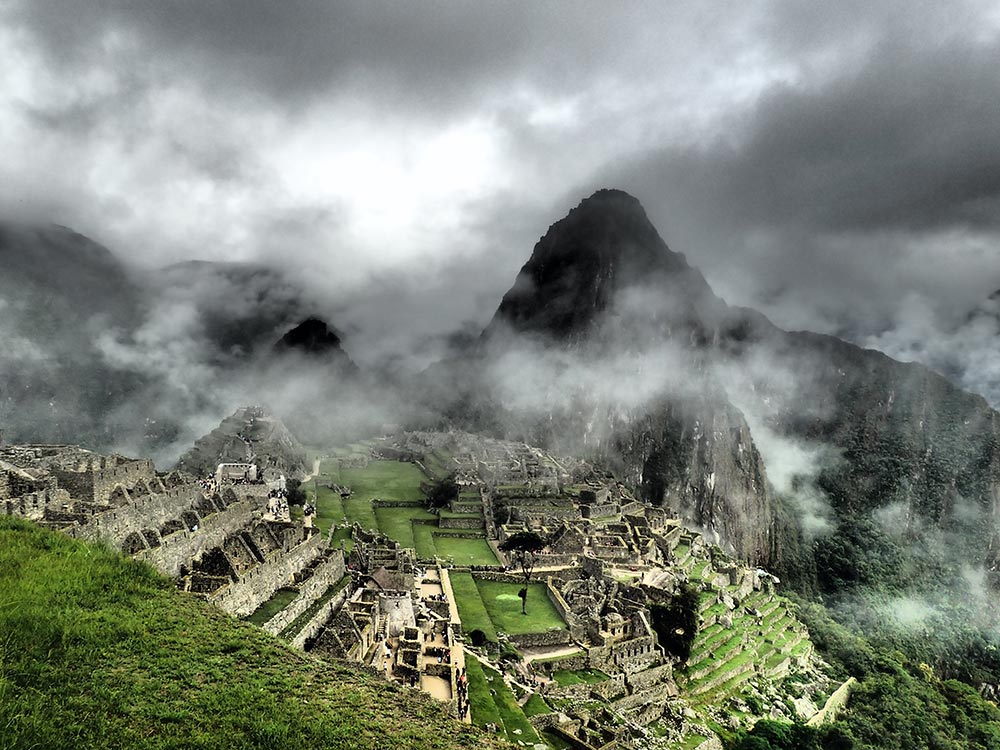
AWARENESS
Whether we travel for business or pleasure, we can count on being mixed in with locals from the time we land at the airport, train station, bus, or port. We will depend on them for taxi rides, guidance, money exchanges, to ring up our goods at stores and to make our food in restaurants. And that’s only to start; we will also rely on local firefighters and police for protection and order wherever we go, and even the military, if there is unrest.
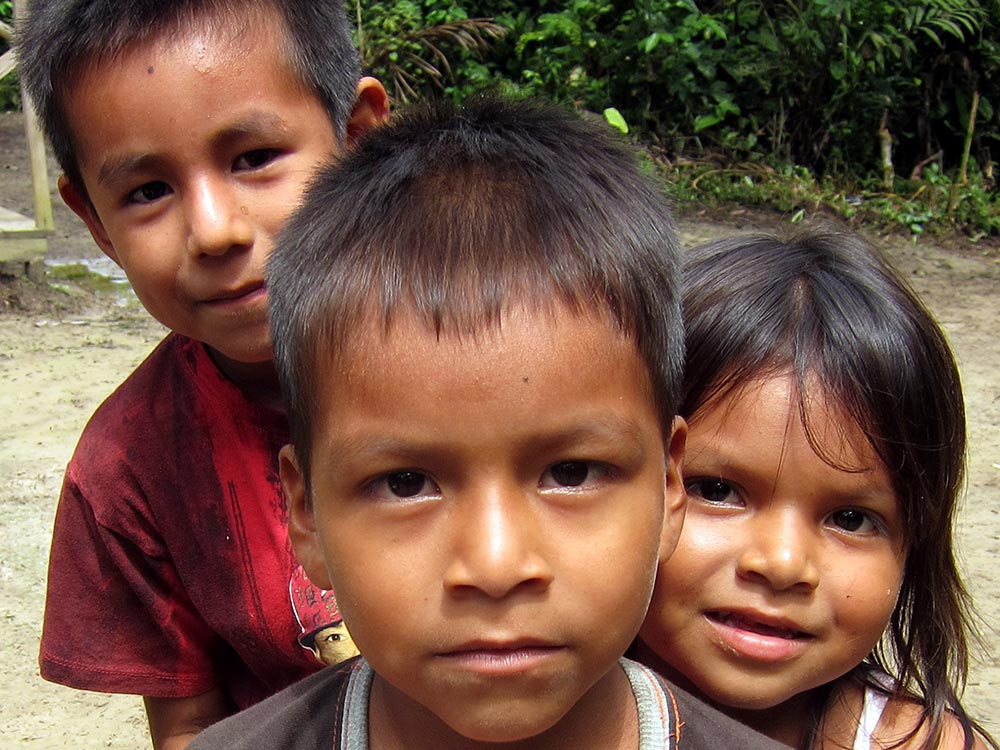
Our duty as visitors in a new place is to do our best to acclimate to the country and familiarize ourselves with simple customs, etiquette, transportation and even dress codes in some more conservative countries. It helps to know a little of the local language, too. Learn a few phrases or words, especially greetings. Even if it isn’t perfect, the effort goes a long way in the hearts and eyes of the people. On the flip side, you’d be surprised at how many English-speaking people become annoyed when local people don’t speak English with visitors, even while at home in their own country.
People spend a great deal of time and money to be able to travel to someplace different. My advice is to do just that: Be someplace different and adapt.
LOCAL OFFICIALS
First and foremost, obey and respect all local rules, especially traffic lights and crosswalks. This is where travelers flag themselves. This is one time where the adage, “Do as the locals do” applies; walk when they walk, but don’t ever walk before they do or before the light changes. Small things like not littering or spitting on the ground will keep you from harassment by the local authorities.
Have your passport on you at all times outside your respective country. This applies to all those reading this, not only North Americans. There isn’t a more definitive way of proving who you are and where you are from than a passport. In Peru, I’ve had local police ask to see passports for the entire group of about 12 people coming off the Amazon River. The officer was thankful for our tourism and curious as to whom was visiting their small community. It was all handshakes and friendly exchanges, despite the slight language barrier.
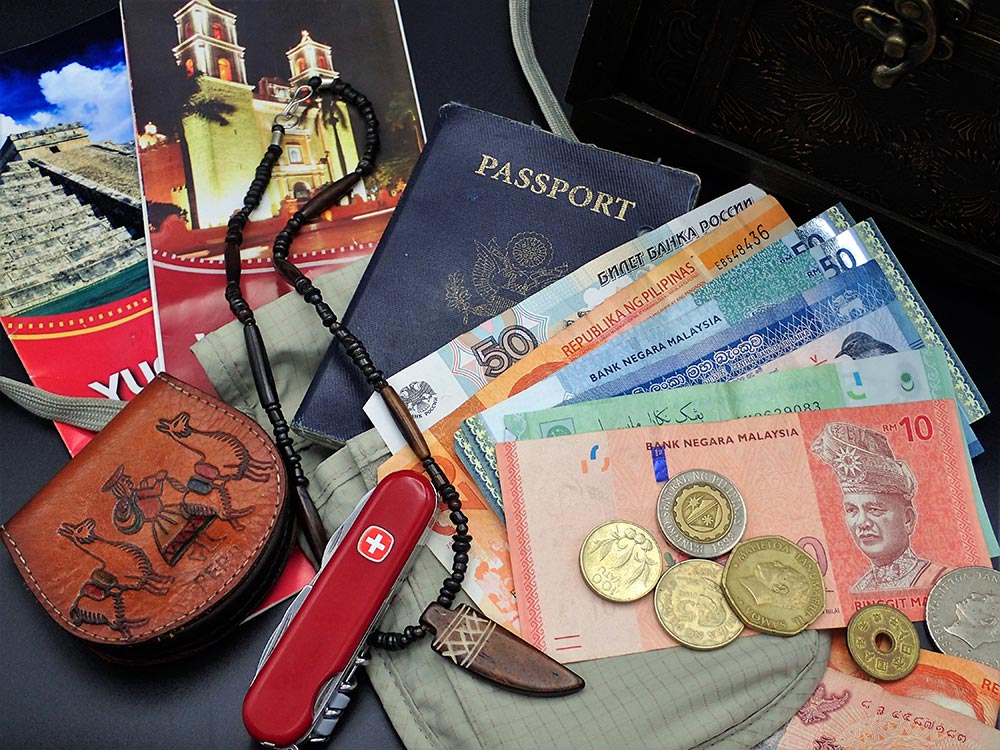
On a long bus ride from Ciudad Bolívar to La Gran Sabana (The Great Savanna) in Venezuela, I went through about 16 military and police checkpoints. Almost half of these involved selected passport holders and a few random faces to get off the bus and be checked out further. The officials, all donning guns and intimidating looks and speaking a language I did not grow up speaking, were some of the hurdles many of us experienced. Keeping calm and complying helped me get through this scenario quickly and much better than telling them, “Hey, I’m an American,” which is always the wrong thing to say.
On another note, I have been detained and interrogated in Singapore, Japan, Venezuela and Peru. Only one of those times was I ever guilty of their suspicions. Coming from Thailand to Singapore, I brought some big chopping blades in my checked baggage. Going through customs, I was asked to put my bags through the final X-ray machine before entering the country. Soon after, I was ushered into a holding room.
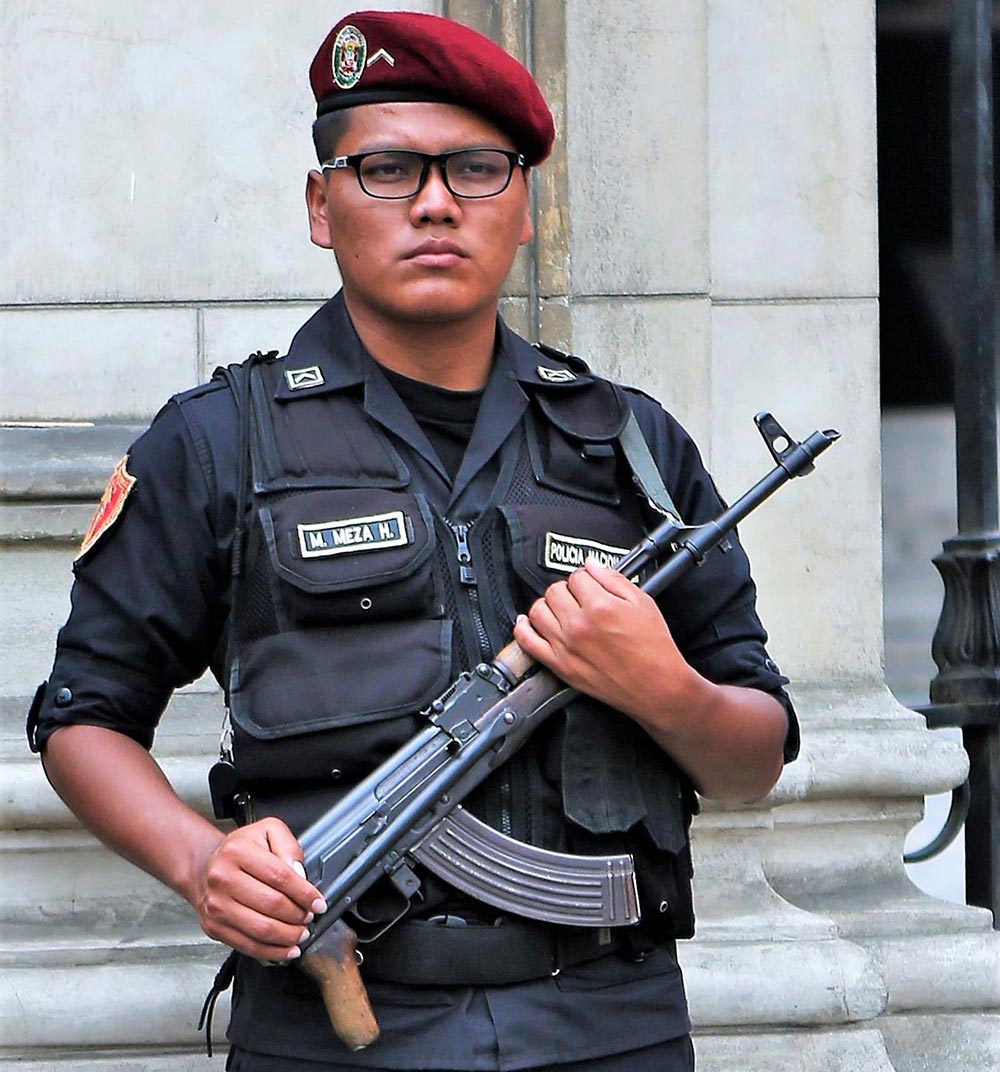
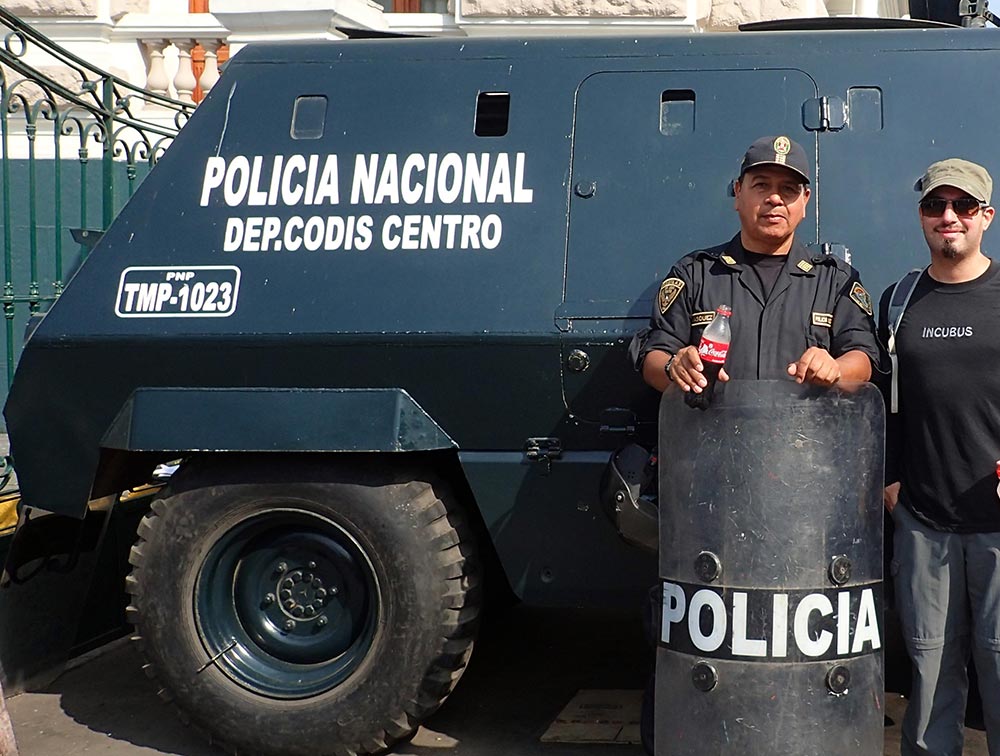
At the same time, officials waited for the Singaporean police and the Arms and Explosives branch to get there as they handled all the “prohibited and illegal” weapons coming into their country. Keeping calm, not being irritated or panicked, I followed their commands and answered all questions. More important, I stated my case, backed up by proof that I was doing a story about the blades for an American magazine. I was lucky, as Singapore is the strictest country in the world, known for giving fines for chewing gum and life sentences for breaking laws. Many offenses are even punishable by death!
Obeying the officials’ commands and answering their questions calmly got me out of it. Most important, if you have nothing to hide, you should have nothing to worry about.
“…Singapore is the strictest country in the world, known for giving fines for chewing gum and life sentences for breaking laws.”
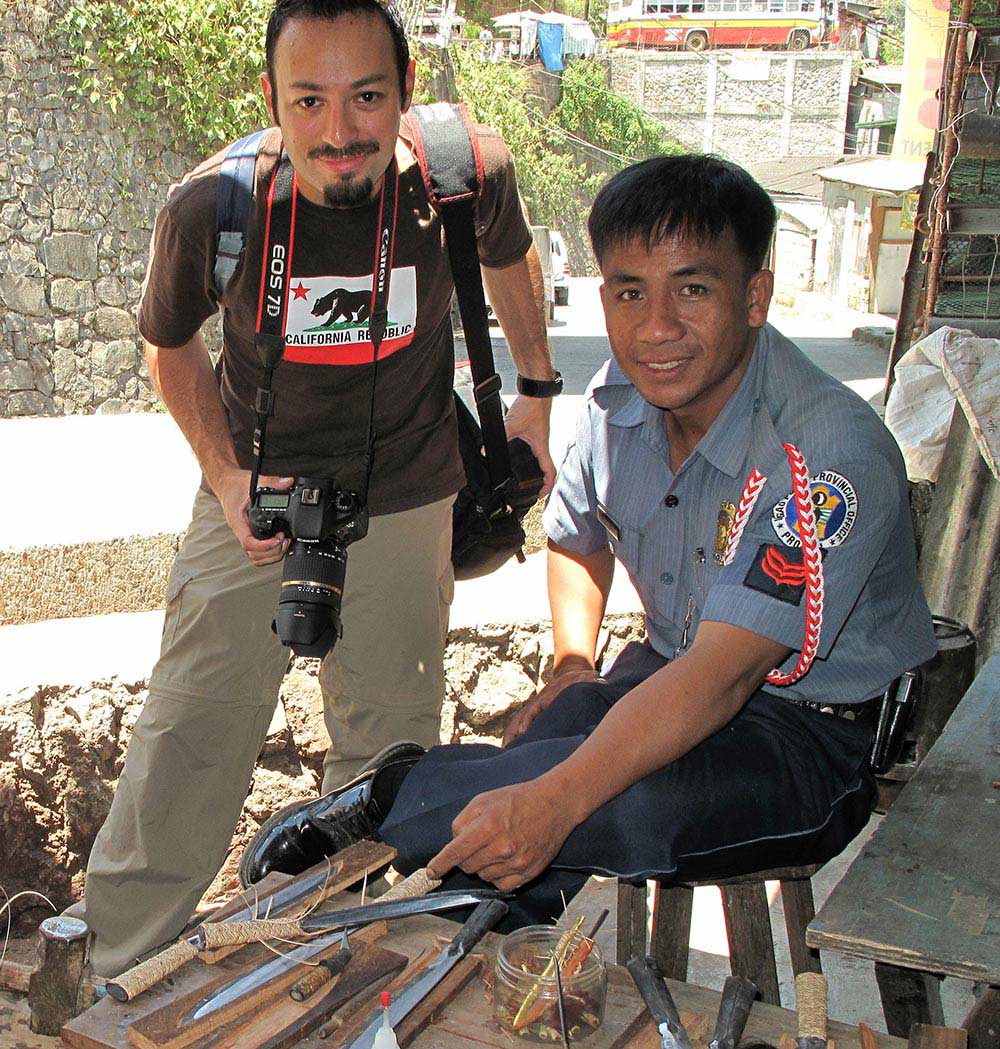
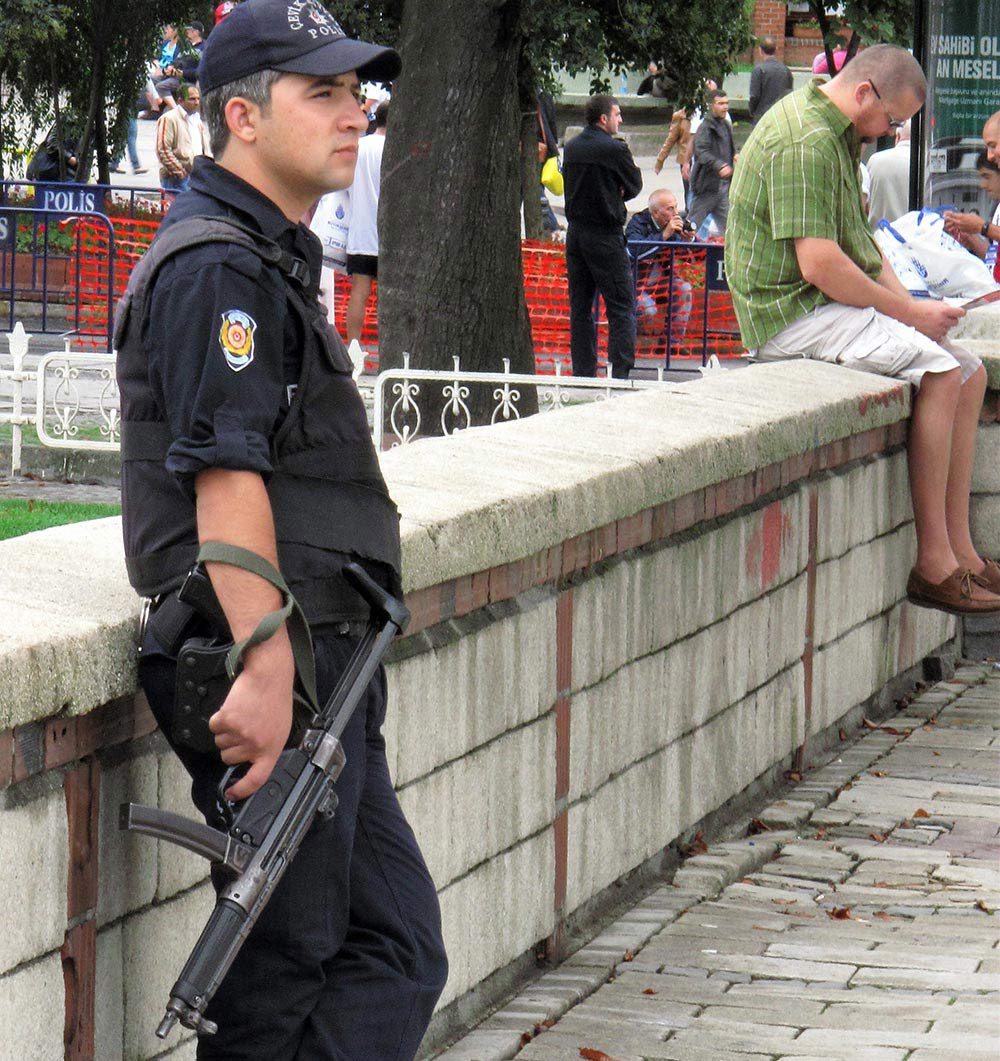
LOCAL PEOPLE
Two things that get travelers into sticky situations are taking photos and taking a wrong turn. Photos are a huge part of travel. These days, we have come into the photo generation, where everyone is snapping shots to post on various social media sites. In 2010, while traveling through Turkey and Egypt, I was taking photos of locals in shops and on the street when an angry citizen approached me and told me to stop.
This encounter taught me that I needed to be more discrete. I’ve always had the attitude of taking the shot and asking for forgiveness later; at least you have the picture. If all else fails, play the dumb tourist role, apologize and walk away. Use this technique with caution, as some people could be quick to violence. It is best to avoid photos of local skirmishes involving the law or acts of violence. Many people obviously don’t want any proof of what they’ve done. They will stop at no cost to make sure they can’t be identified, and those people include officials.
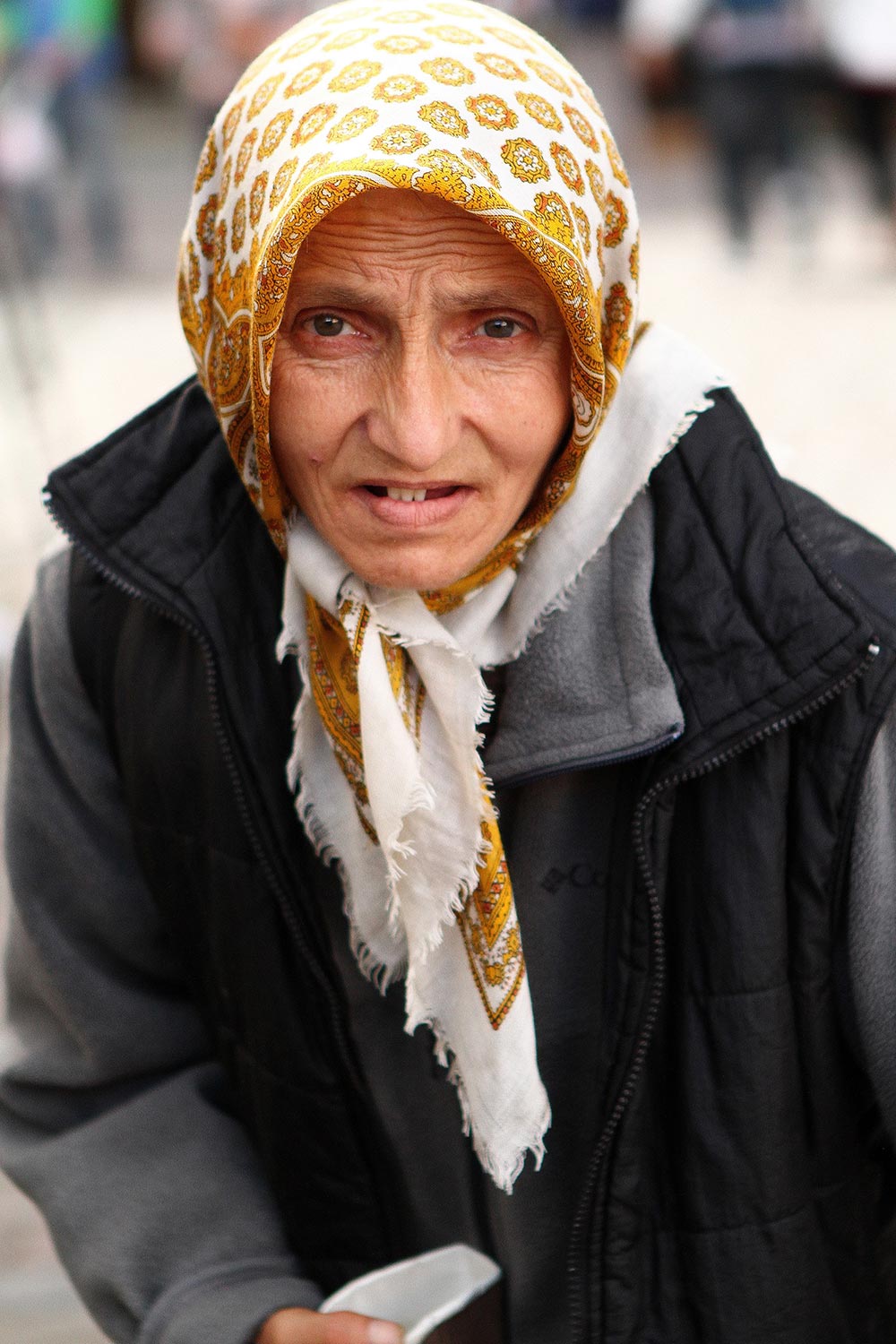
Larger DSL cameras are more noticeable than small point-and-shoot (P&S) cameras. Discretion must always be practiced when photographing religious events or practices. Respect and a little common sense will get you far regarding this. However, it should be noted that photographing the Aboriginal people of Australia is highly frowned upon. They firmly believe that taking their picture is like stealing their soul. Therefore, they may erupt in violence. I have heard stories while traveling around Australia that if tourists are found taking photos of the Aboriginals in the bush or Outback, they could be assaulted, burned—even killed.
“[Aboriginal Australians] firmly believe that taking their picture is like stealing their soul.”
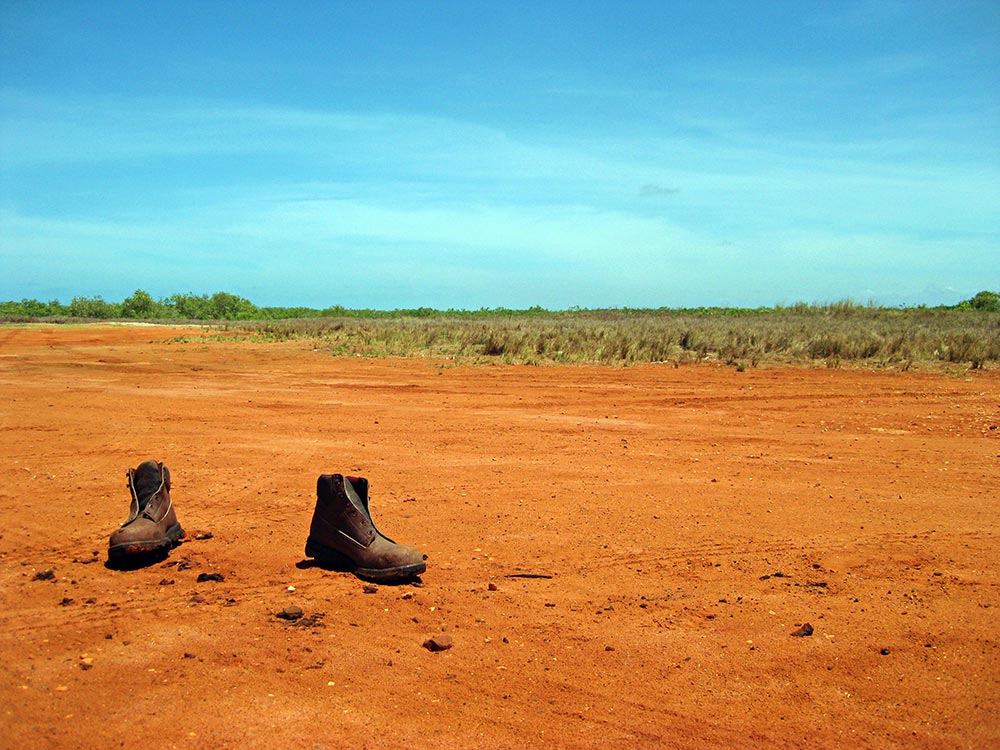
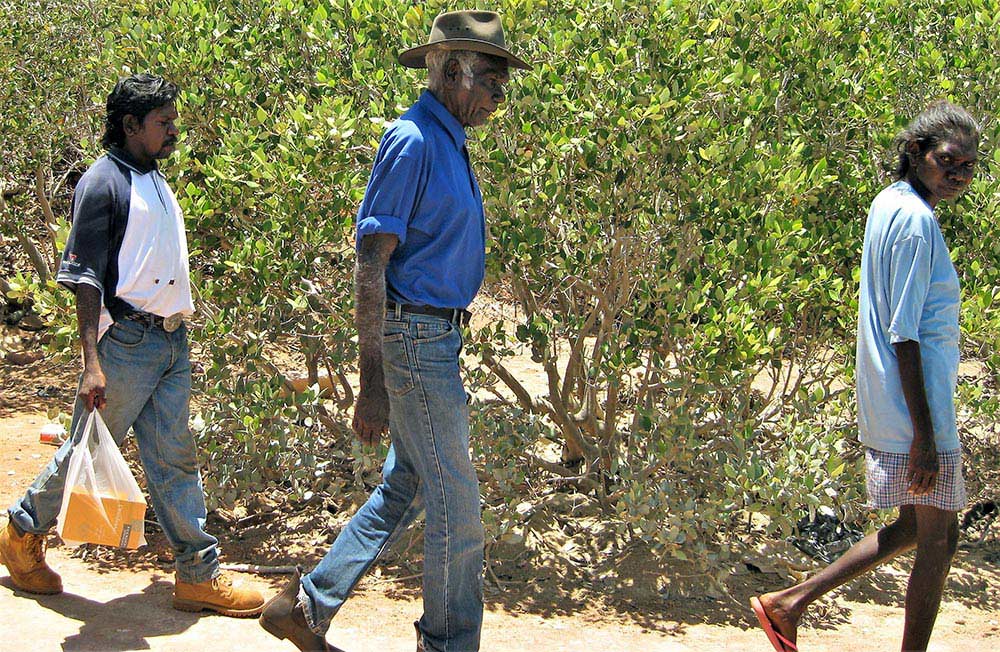
I found myself in a precarious situation in 2009 while exploring the backcountry in Broome, Australia. I was photographing the landscape and saw a pair of boots off a dirt road, just out in the open. It was clear that the boots were burned. Only a set of footprints leading off into the bush remained. An ominous feeling overcame me as I stood up after taking a few photos of said boots.
Remembering the stories, I had heard days prior, I headed back towards the small town. I came across four Aboriginal Australians with bags of snacks and food, fresh back from the town. There was no hiding, so I just tried to look friendly, smile and walk away. One younger man saw my camera and held up his plastic bag in one hand, a bottle of Coke in the other, with his thumbs up to imply it was all right to take his picture. At least, that is how I took it. Without hesitation, I smiled and proceeded to take photos respectfully as they walked away. I gave a wave and a smile and watched them disappear into the arid landscape.
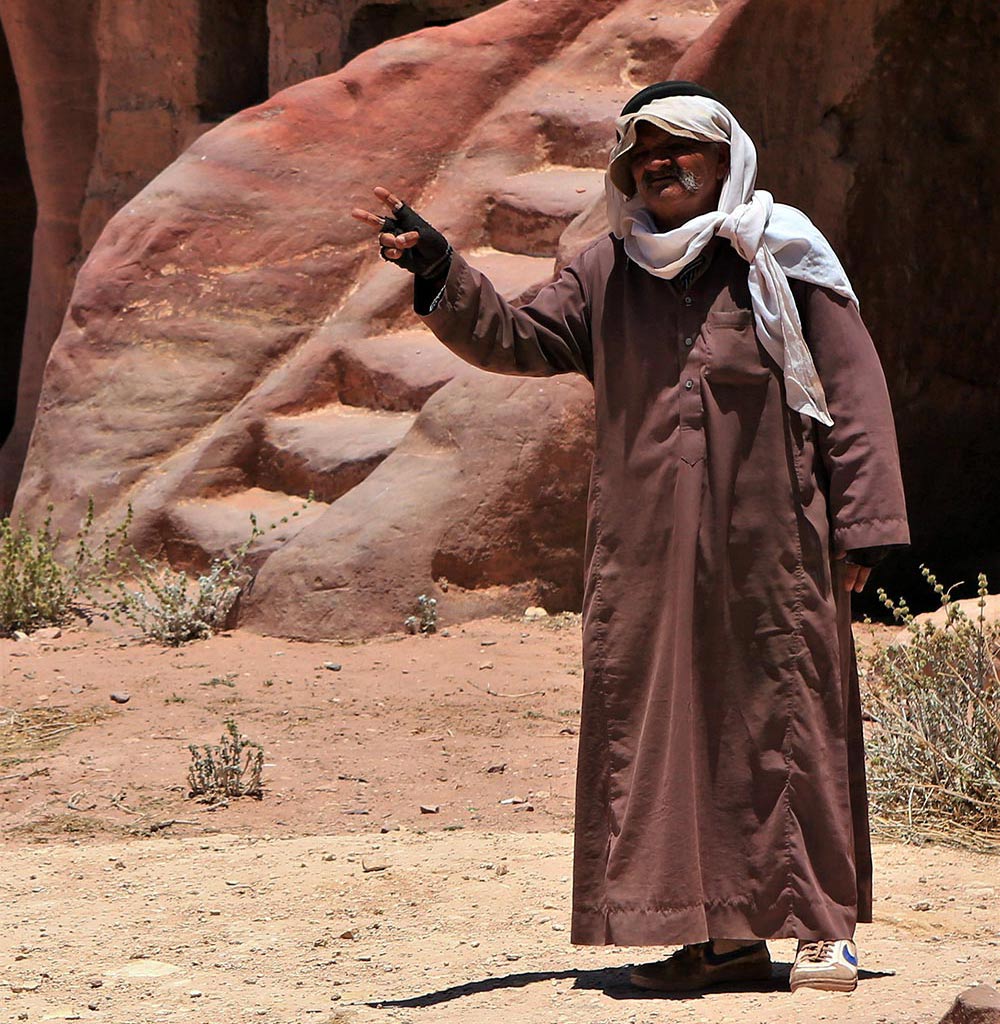
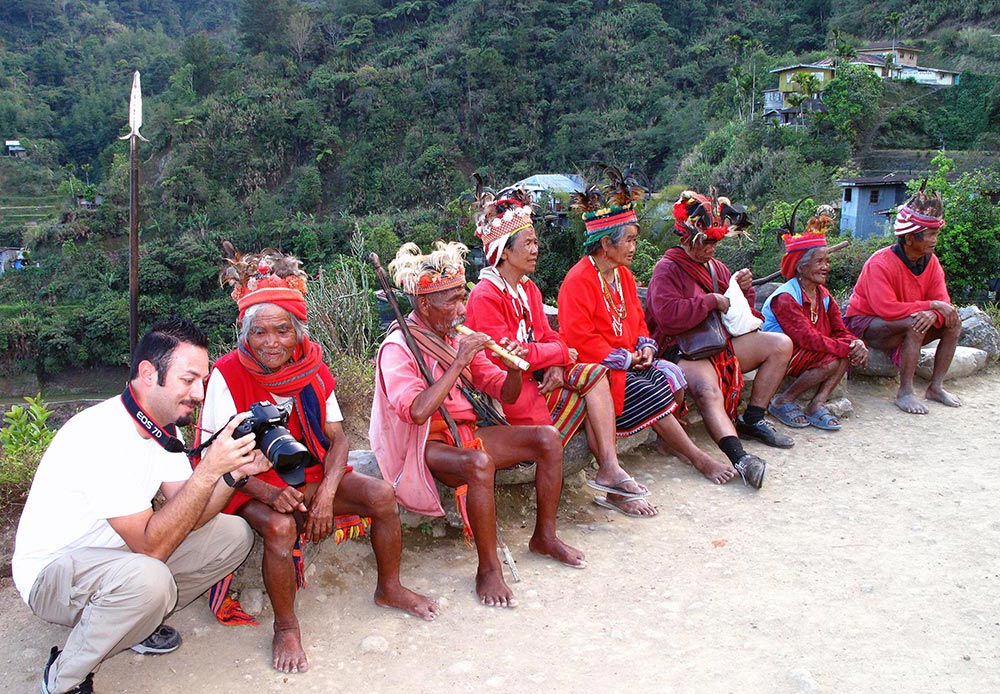
LASTING IMPRESSIONS
A few years before my Australian trip, I was a student on a Randall’s Adventure & Training (RAT) Peruvian Survival Trip. During the journey to and from the jungle, we encountered many local people in Lima’s big city and in the small community villages surrounding the Amazon. We were a little out of our element, with a diverse class of participants from Hong Kong, Sweden, and the United States. It was in Peru when RAT founder Jeff Randall gave us some of the best advice for traveling domestically and abroad. He said that, of everything we learned there, our best survival skills would be our social skills, which would get us out of most situations. This statement has kept me out of hot water in many countries and countless situations in unfamiliar territory.
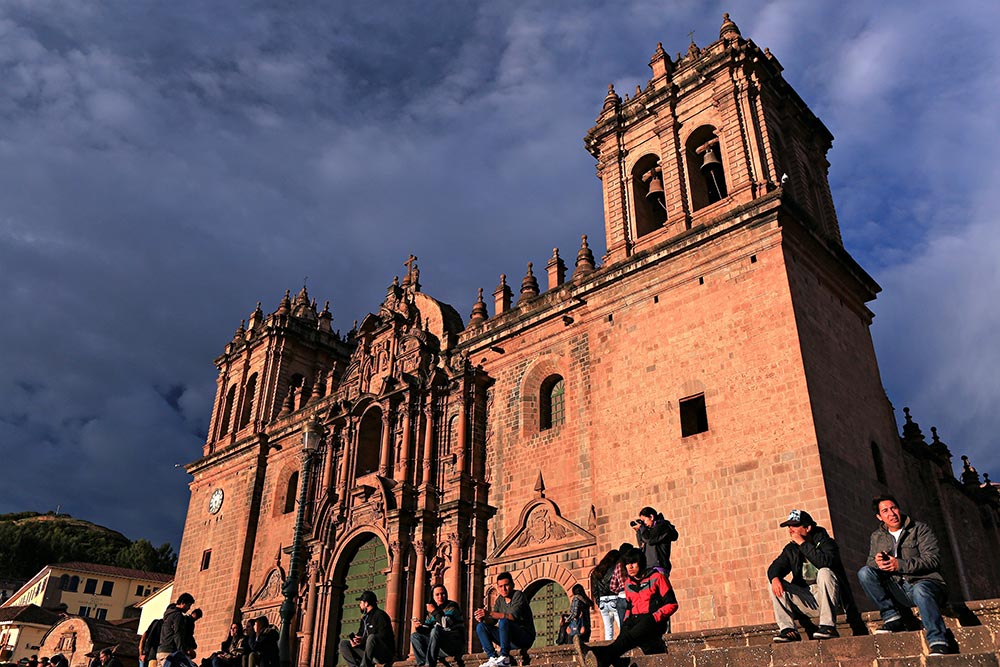
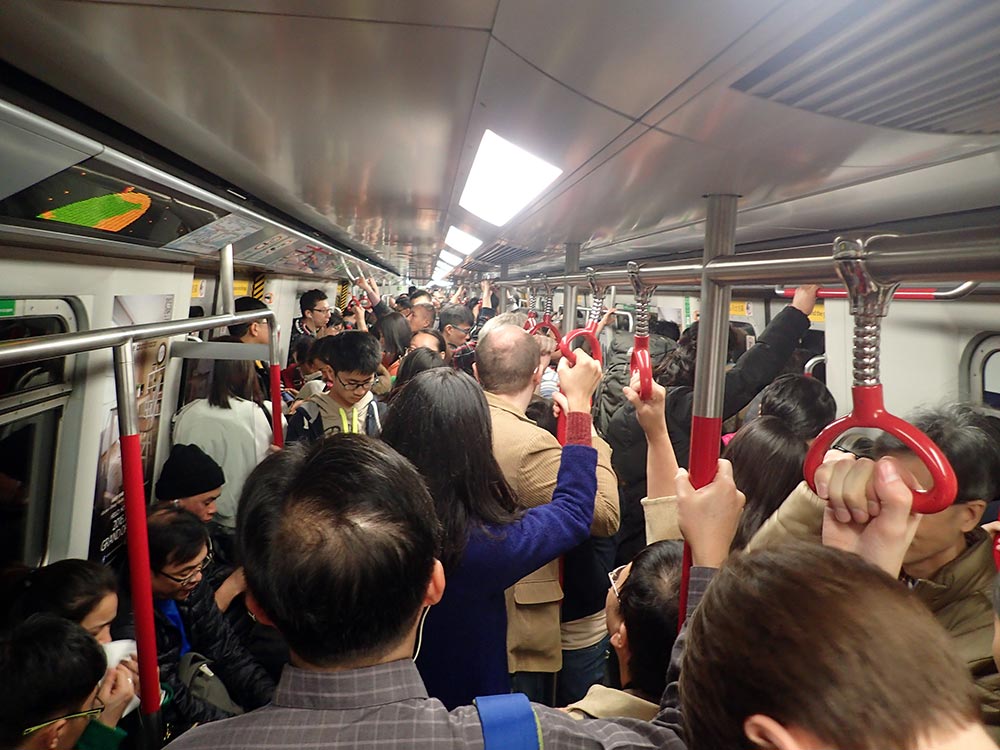
Taking a wrong turn and being caught off guard by a group of locals in the wrong place is always nerve-racking. Being lost in the concrete jungle is as scary as being lost in the wilderness. Something as simple as a smile and a wave can disarm many groups of locals who may also be wary of our presence and intentions. This tip goes for local officials as well as local citizens: Being friendly, safe, and alert is survival 101!

